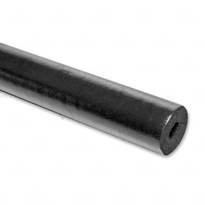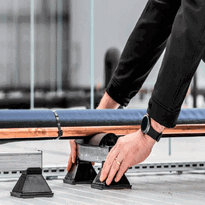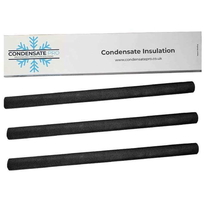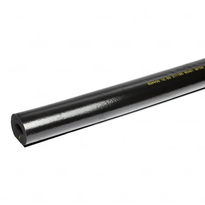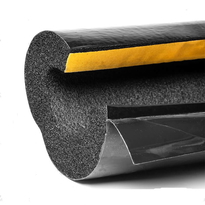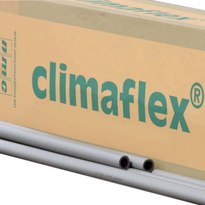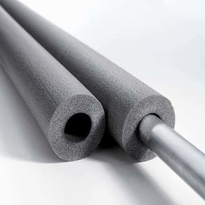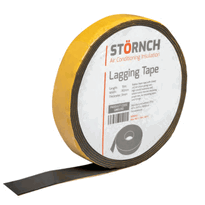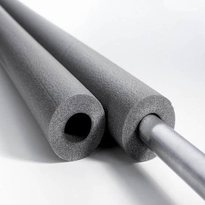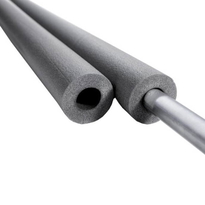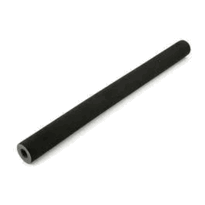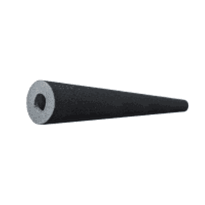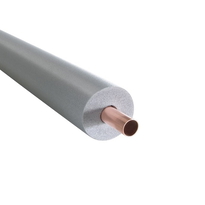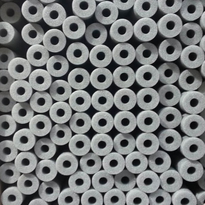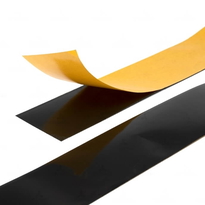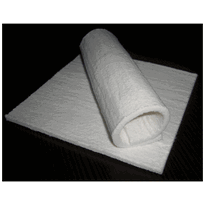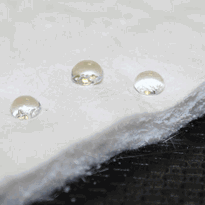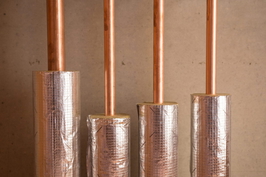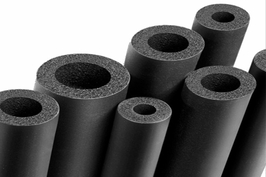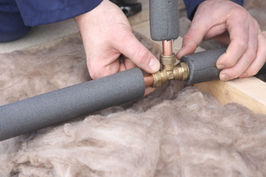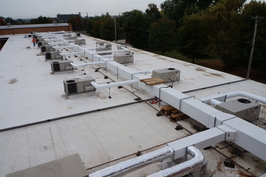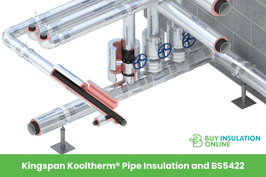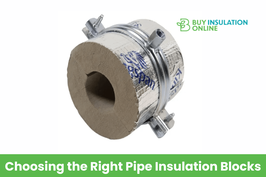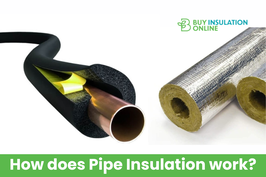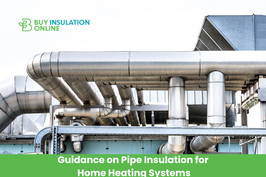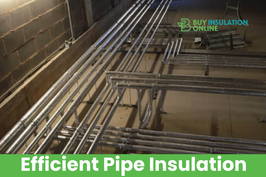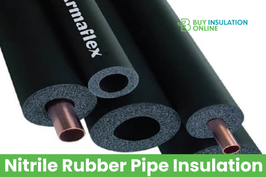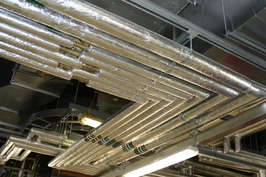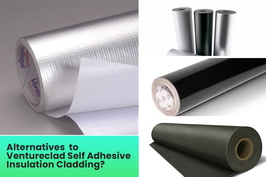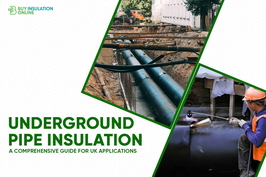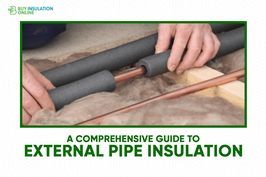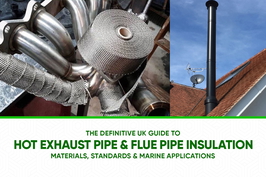Condensate Pipe Insulation Screwfix
Condensate pipe insulation available through Screwfix includes materials such as elastomeric foam, fiberglass, mineral wool, and polyurethane. These materials are specifically designed to prevent heat loss, control condensation, and protect pipes from freezing in various UK environments.
Choosing the right insulation depends on key factors such as durability, moisture resistance, ease of installation, and compliance with relevant standards such as BS 6798. Proper selection ensures effective thermal performance and helps maintain the integrity of the insulation over time.
Ensuring a secure fit and applying appropriate environmental protections are vital. A well-installed insulation system reduces the risks of damage, minimizes energy loss, and enhances overall system efficiency.
For detailed guidance on selecting and installing the most suitable condensate pipe insulation, continue reading. This will provide comprehensive insights tailored to UK specifications and conditions.
Types of Pipe Insulation Suitable for Condensate Applications
Various types of pipe insulation are suitable for condensate applications, each designed to meet specific operational requirements, environmental conditions, and safety standards.
Fiberglass insulation is widely used due to its excellent thermal properties and pre-installed vapour barrier, which prevents moisture accumulation and condensation on pipe surfaces. Its durability and fire resistance make it a popular choice in a range of settings. Fiberglass also offers good soundproofing qualities, which can be beneficial in certain industrial environments. Additionally, its chemical-free composition enhances safety and environmental friendliness.
Elastomeric foam offers notable flexibility and moisture resistance, making it ideal for complex pipe configurations and environments prone to sweating or high humidity. Its ease of installation and resilience contribute to its suitability for such applications. Its low emissivity coefficient (~0.05) minimizes heat emission, optimizing insulation effectiveness in condensate systems.
Mineral wool provides exceptional fire resistance and durability, making it appropriate for industrial environments where high temperatures and mechanical stresses are prevalent. Its insulating capacity helps maintain operational efficiency while ensuring safety standards are met. Its robust performance under demanding conditions makes it reliable for challenging environments.
Polyurethane foam delivers strong thermal resistance and straightforward installation; however, it may require additional vapour barriers in areas with high moisture levels to prevent condensation issues. Its structural stability and ease of shaping ensure a consistent insulating layer.
Calcium silicate insulation excels in extreme environments, offering high durability, temperature tolerance, and fire resistance. Its performance remains reliable even under severe operational conditions, making it a preferred choice in specialised industrial applications. Its moisture-resistant properties further enhance its suitability for condensate management.
Selecting the appropriate pipe insulation depends on the specific needs of the system and operational conditions. Factors such as environmental humidity, fire safety requirements, temperature ranges, and system complexity play vital roles in making the best choice for condensate applications. For optimal performance, considering the eco-friendly materials and environmental benefits of options like EcoQuilt can contribute to sustainable building practices.
Key Features to Consider When Choosing Condensate Pipe Insulation at Screwfix
When selecting condensate pipe insulation, it is essential to consider features that impact both performance and compliance. Effective insulation should minimize heat loss, reduce the risk of condensation, and prevent freezing issues in colder months. Materials such as elastomeric foam are popular choices because they offer low thermal conductivity, which helps to optimize energy efficiency.
Durability is a key factor, especially for outdoor applications. Insulation designed for external use should provide UV protection, be weather resistant, and have adequate mechanical strength to withstand environmental conditions. Maintaining insulation integrity over time is vital to ensure continued system effectiveness.
Compliance with relevant standards, such as BS 6798, is crucial for safety, quality, and suitability within the UK. Selecting products that meet these standards helps to guarantee reliable performance and regulatory adherence.
Ease of installation also influences overall project efficiency. Pre-cut and flexible insulation kits enable quick, accurate fitting, reducing labour time and the potential for errors during installation.
The table below summarizes these important features:
Feature |
Importance |
Typical Material Choices |
| Thermal Performance | Minimises heat loss, controls condensation, prevents freezing | Elastomeric foam, rubber-based insulations |
| Weather Resistance | Ensures durability against moisture, UV, and temperature variations | Coated or UV-protected materials |
| Ease of Installation | Facilitates quick, accurate fitting and reduces labour time | Pre-cut, lightweight, flexible options |
Considering these factors will help you select the most suitable condensate pipe insulation for your heating system, ensuring efficiency, safety, and long-term durability.
Installing Condensate Pipe Insulation: Tips for Optimal Performance
Proper installation of condensate pipe insulation is essential to ensure maximum thermal efficiency and long-term system reliability. It involves a systematic approach that begins with thorough preparation of the pipe surface.
First, the surface must be cleaned meticulously to remove dirt, grease, dust, and moisture, ensuring optimal adhesion and a precise fit. Pipes in lofts vulnerable to freezing, especially those running through unheated spaces. Second, the pipe should be dried thoroughly to prevent moisture entrapment, which can lead to mold growth and performance issues. Additionally, ensuring adequate ventilation and insulation in the lofted area helps prevent condensation buildup that could affect the pipe insulation performance.
Third, accurate measurement of the pipe’s length and diameter is necessary to select the most suitable fitting insulation. Fourth, insulation pieces should be marked clearly for precise cutting, allowing neat joints and minimising gaps.
Correctly inspecting the pipe for damage or leaks beforehand ensures the insulation performs at its best, reducing the risk of future maintenance problems.
Benefits of Using Proper Insulation for Condensate Pipes
Using appropriate insulation for condensate pipes offers numerous advantages that significantly enhance the durability, efficiency, and safety of plumbing systems. Proper insulation prevents moisture from forming on cold pipes by elevating surface temperatures above the dew point, thereby avoiding condensation-related issues such as corrosion and rust. By preventing pipe sweating, insulation also plays a vital role in reducing energy loss by maintaining water temperatures, which leads to lower heating costs and increased operational efficiency. Furthermore, insulation protects pipes from freezing during colder months, reducing the risk of pipe bursts and subsequent water damage. Weather-resistant coatings help ensure long-lasting protection, especially in outdoor environments exposed to harsh weather conditions. In addition, well-insulated pipes support consistent heat delivery, which lessens the load on central heating and hot water systems, thereby extending the lifespan of the piping infrastructure. Insulation also helps minimise noise caused by water condensation and flow, making for a quieter environment. Moreover, insulation reduces slip hazards caused by drips and decreases the growth of mould, contributing to a safer and healthier building environment.
Conclusion
Selecting the appropriate condensate pipe insulation from Screwfix is essential for ensuring effective temperature control and preventing common issues such as condensation and pipe damage. Careful consideration of the material type, size, and installation method will optimise insulation performance and extend its lifespan. Proper installation with suitable screws and securing techniques guarantees that the insulation remains effective over time. Using high-quality insulation materials enhances system reliability, reduces maintenance requirements, and supports the safe, efficient operation of condensate systems. Making precise choices and applying insulation correctly are key to maximising the benefits of your condensate pipe insulation.
